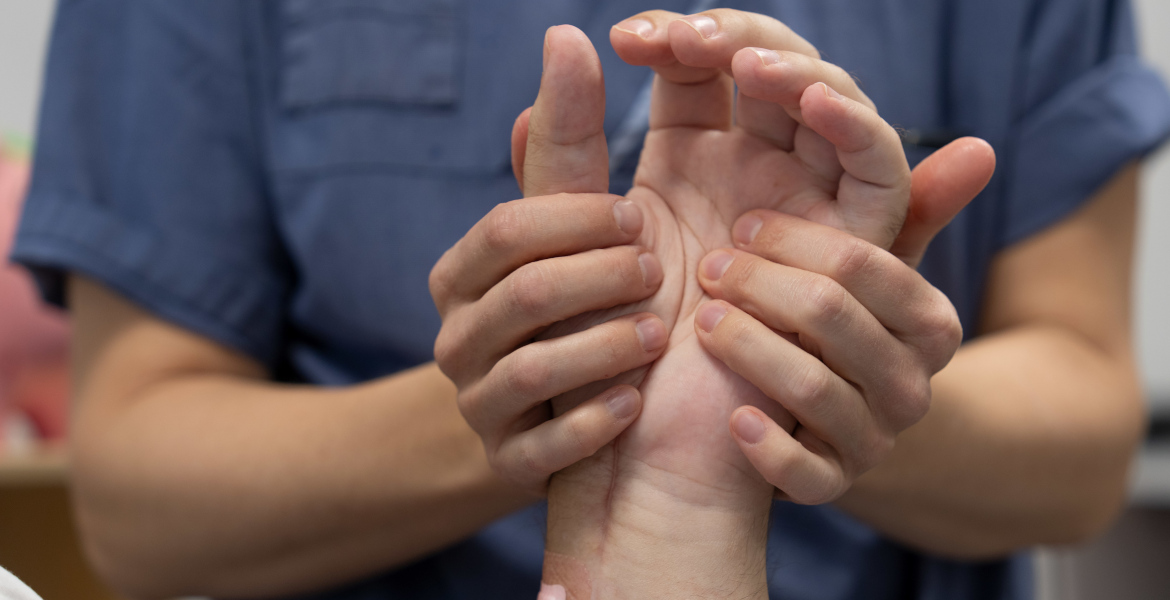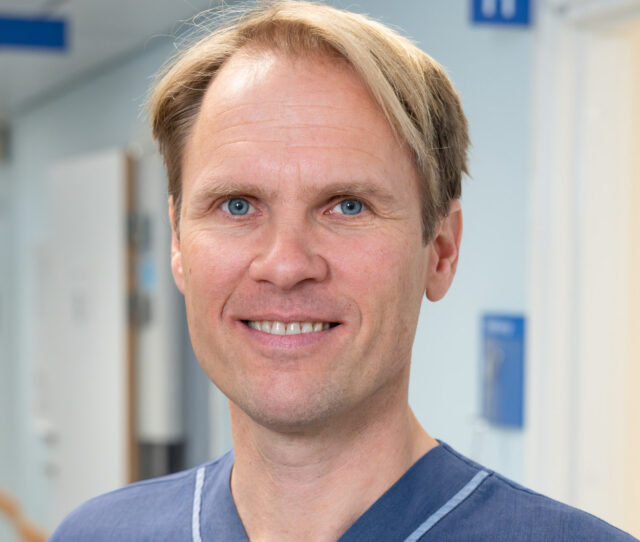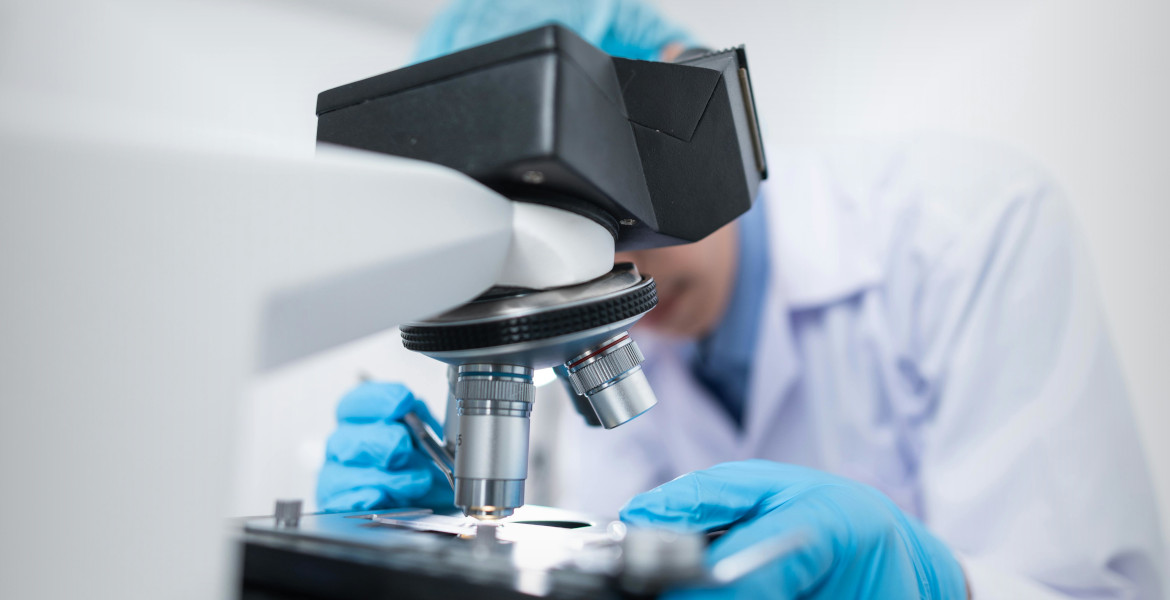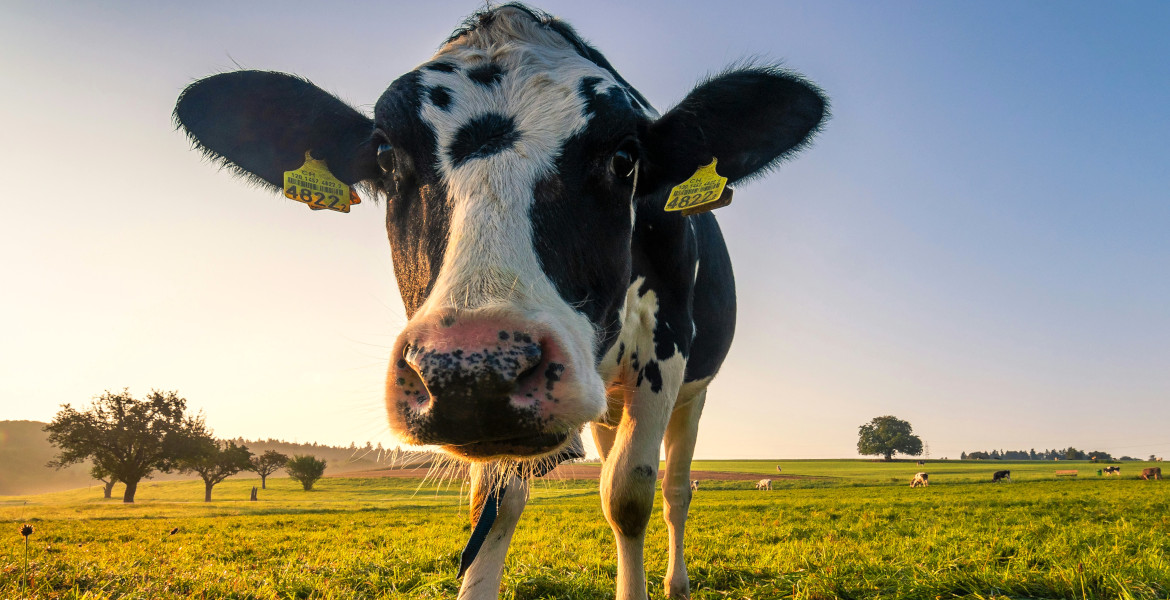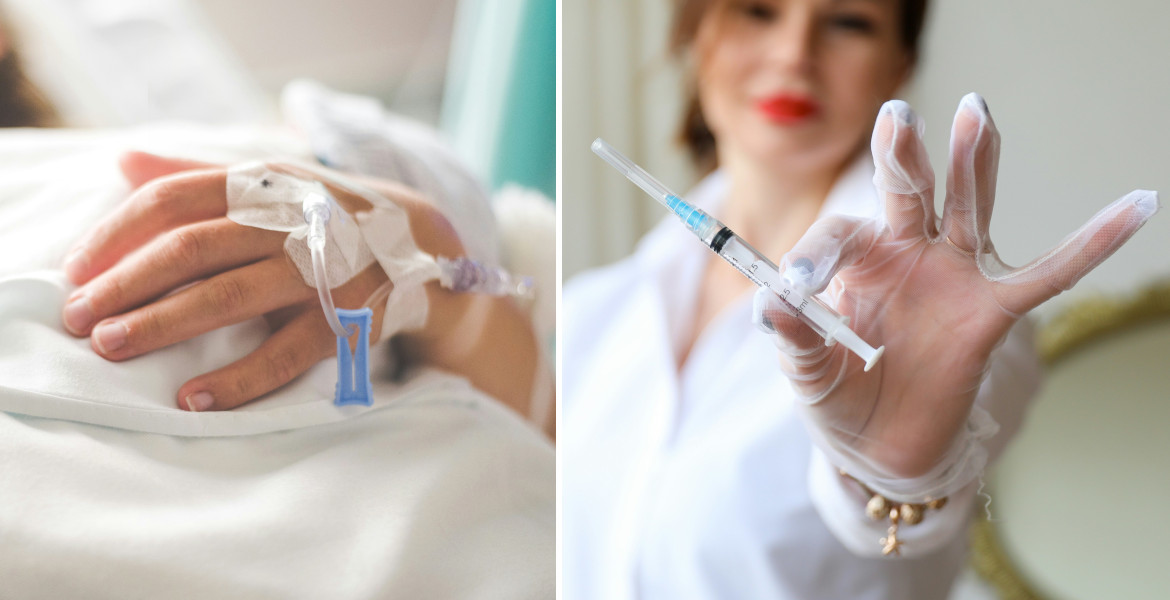An unhealthy diet can negatively affect deep sleep, according to new Swedish research. But more research is needed to find out how long the effects last and what in the diet affects sleep.
The food we eat affects our health in many ways, and it is not just about getting the right nutrients. For example, a recent Chinese study showed that fried food increases the risk of anxiety.
Diet has been shown to affect our sleep, although there are not too many studies on the subject yet, and the ones that exist show somewhat ambiguous results. For example, one study has shown that a low carbohydrate intake may be linked to poor sleep, while another suggests that a high GI diet may have a negative impact on sleep as well.
In a new study, researchers at Uppsala University investigated how unhealthy food affects sleep. The study involved 15 healthy, normal-weight men who usually slept normally, seven to nine hours a night. Based on a random selection, some participants were given a healthier diet and others were given a less healthy diet, with both options containing the same amount of calories (although the amount of calories was adjusted individually). The diets were consumed for one week while the participants' sleep, activity, and adherence to the diet plan were monitored. At the end of the week, the men were observed in a sleep lab.
In the sleep lab, they were first allowed to sleep as usual for one night while brain activity was measured. They were then kept awake before being allowed to catch up on the sleep they had missed.
The results showed that both groups slept the same amount of time and spent the same amount of time in different stages of sleep. However, the participants who ate a more unhealthy diet had more shallow deep sleep.
– We were particularly interested in looking at the quality of deep sleep because it can be a measure of how restorative sleep is. Interestingly, we found that deep sleep was more shallow after the participants had eaten unhealthy food compared to after the healthier food. This effect also persisted on a second night, after the participants had finished their respective diets and instead ate an identical diet, says Jonathan Cedernaes, MD and associate professor of medical cell biology at Uppsala University, in a press release.
However, it is not clear how long the negative effects of unhealthy diets last, nor is it known whether the altered sleep quality affects functions regulated by deep sleep, for example. It is also not known what it is in the unhealthy diet that affects deep sleep. Cedernaes believes that more research is needed in this area.
– It would be interesting to look more closely at whether there is one particular factor that contributes more. Our dietary intervention was quite short and both the sugar and fat content could have been higher. It is possible that an even more unhealthy diet would have had a more pronounced effect on sleep, says Cedernaes.

